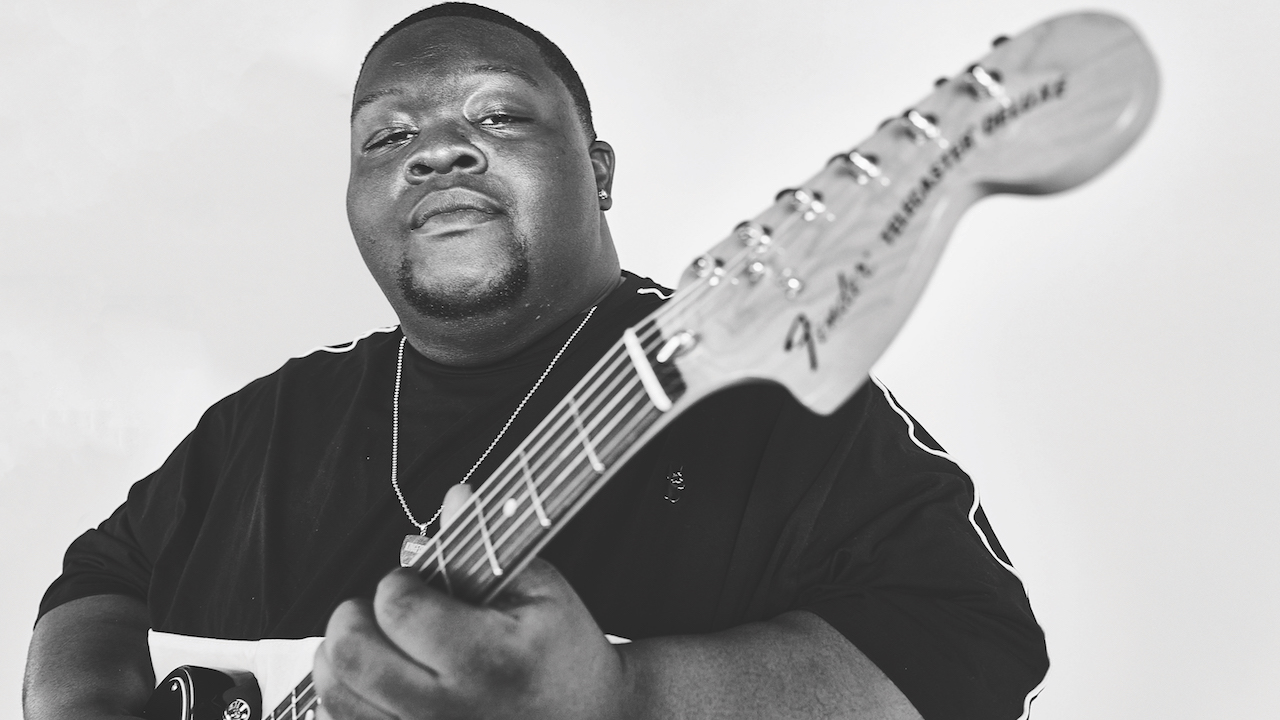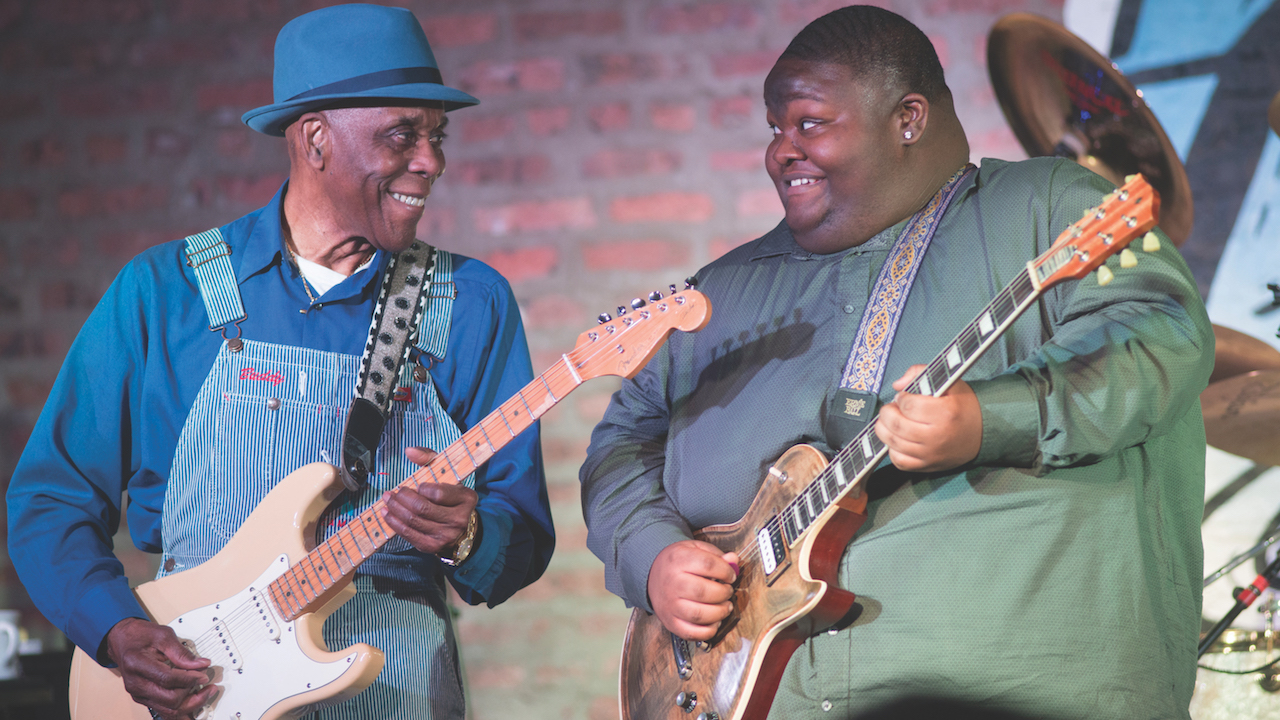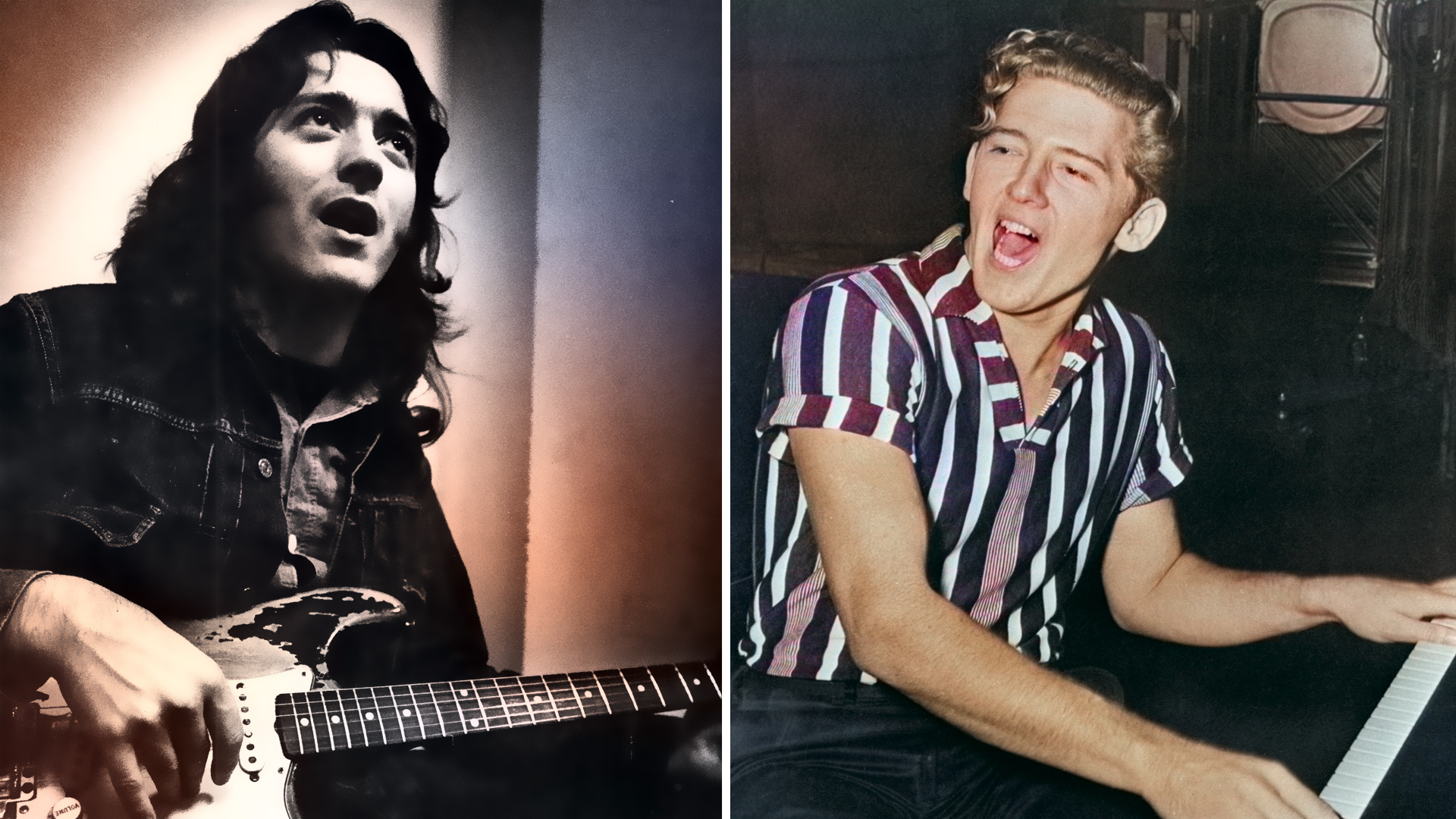“I want my solos to be melodic — but not a ‘pretty’ melodic, an aggressive one…’‘ Grammy award nominee Christone “Kingfish” Ingram’s top five tips for guitarists
Whether it’s being happy to warm up the audience as an opening act, not getting lost in solos or letting a lukewarm crowd prey on your mind, these are the tips Christone “Kingfish” Ingram uses to stay at the top of his game

Making music is in Christone “Kingfish” Ingram’s DNA. His mother, Princess Pride, was a first cousin of the late country music barrier breaker Charley Pride.
Ingram grew up playing guitar and singing in church in Clarksdale, Mississippi, while soaking up the region’s rich blues heritage — not making any deals at the crossroads (at least none that we know about) but blending interests in blues, R&B, funk and country, and performing shows by the time he was in seventh grade.
From there, it’s been a non-stop ascent as Ingram, now 24, wowed audiences and older musicians alike. He played on Eric Gales’ 2017 album, Middle of the Road, at the 2018 Chicago Blues Festival and made an appearance on Marvel’s Luke Cage TV series the same year.
That was all before his own debut album, Kingfish, came out in May 2019, hit number one on Billboard’s Blues Album chart and was nominated for a Grammy Award.
A second studio album, 662, came out in July 2021, and Ingram added stage appearances with Buddy Guy, Eric Gales, Samantha Fish, the Tedeschi Trucks Band and others to his resume.
”That kid is the future of the blues," says Buddy Guy. "He tells me that the blues is in good hands.”
Ingram’s latest release is Live in London, a 16-track set recorded with his quartet this past June 6 at the Garage. As he prepared for its release, Ingram checked in with Guitar Player from the road (naturally) to share a few of the lessons he’s learned about playing live during a career that’s not that much younger than he is.

DON'T REHEARSE TOO MUCH… JUST ENOUGH
“All the guys in the band are really seasoned musicians, so we try to get one or two rehearsals under our belt, not much more. It becomes like muscle memory: Once we put the time in, we’re good to just get up there and go with the flow.”
BE PREPARED, BUT STAY OPEN TO CHANGES
“We tend to keep the set list the same most of the tour. But if I get a feel from the room during sound check, or from the crowd during the show, we might switch a song or two. It can be spontaneous.
“We’ll come up with an idea onstage and share the moment. I’ll go into a riff and the band will follow along. But most of the time we like to give them a nice mix of blues, gospel and some rock and roll, which is at the heart of our set list.”
DON’T LOSE THE PLOT
“When I perform, I’m trying to tell a story rather than just playing a random song here or there. Blues is all about life, so I try to tell the story about my life and things I went through. As far as putting my set lists together, I arrange the songs chronologically so they reflect my life — from being a kid to growing up into an adult, putting those moments of my life into an order.”
KEEP THE CROWD IN MIND, BUT BUT NOT AT TOP OF MIND
“I can get hung up on crowd participation. Some crowds are listening crowds — they don’t get all hyped up — and, I’ll be honest, sometimes I interpret that as, ‘Oh, man, they really aren’t into us,’ when in fact they were into us. I try to keep that in mind every time I play so that I don’t get thrown off.”
CHOOSE YOUR COVERS WISELY
“We’ll cover songs, not the usual ones but those you don’t see anybody else doing. You’ll notice I really don’t play blues covers so much. I prefer to play songs you don’t hear a lot of people do, like ‘Hey Joe,’ ‘All Along the Watchtower’... pretty much stuff that’s familiar but not too overplayed.”
SPEAKING OF WHICH, YOU CAN’T GO WRONG WITH HENDRIX
“Most definitely. He was one of the few players that took the blues out of the envelope and did his own thing with it. He watched Buddy Guy do what he did, and then he took it a little farther. That’s the influence he has on me — to take something and create my own lane with it.”
LEARN FROM THE MASTERS
“I’ve played a lot with Mr. Guy. He teaches me whenever I watch him live. He has the crowd in his hand. It’s all about how he works the audience and relates to it. That’s how he teaches me and influences me directly.
“Some of the local guys in Clarksdale have taught me stuff, too, lessons about performing — about not going overboard or stepping on other band members. It’s the kind of thing you might do when you’re still young and inexperienced, so it’s helpful to have someone older guide you to avoid those mistakes.”
FEEL YOUR SOLOS, BUT DON’T LET THEM TAKE OVER EVERYTHING
“I don’t put a solo together by thinking about how it should fit into a song; I just play — I feel it. And what I’m mostly feeling is that I want my solo to be melodic — not a ‘pretty’ melodic but an aggressive one. But I never let it go on too long. I like to rein it in. Because when it’s done right, you feel it for a few bars and then you’re done.”
WHEN YOU’RE THE OPENING ACT, BE EFFECTIVE BUT RESPECTFUL
“I often play a whole show, but when I’m the opener, the best thing I can do is hype up the crowd. I’m not there to dominate; I just want to help set the mood. As the opening act, you want to put on a great show, but you also want to stay in your lane. It’s not your show, so do what you can to set things up for the main act while giving people your best.
“The first time I opened for a band outside the blues was for Vampire Weekend. That was humbling, because the crowd was young and not really into the blues. But we did, like, 13 shows and they went great. Everybody enjoyed it. We got more feedback from the parents than the kids, but they all seemed to enjoy themselves.
“It was a little better with Steve Miller. His crowd didn’t know us that well, but they knew the blues, so we could go balls to the wall on that one.”
Ingram’s latest release Live in London is available to buy and stream now
Get The Pick Newsletter
All the latest guitar news, interviews, lessons, reviews, deals and more, direct to your inbox!
Gary Graff is an award-winning Detroit-based music journalist and author who writes for a variety of print, online and broadcast outlets. He has written and collaborated on books about Alice Cooper, Neil Young, Bob Seger, Bruce Springsteen and Rock 'n' Roll Myths. He's also the founding editor of the award-winning MusicHound Essential Album Guide series and of the new 501 Essential Albums series. Graff is also a co-founder and co-producer of the annual Detroit Music Awards.
“I had just been turned on to Ravi Shankar, and I had an album in my suitcase. I gave it to George.” How David Crosby's casual recommendation changed George Harrison’s guitar playing forever
"Stevie always sounded the same whether it was rosewood or maple.” Jimmie Vaughan says Stevie Ray Vaughan would agree — there's no tone difference between rosewood and maple fretboards










